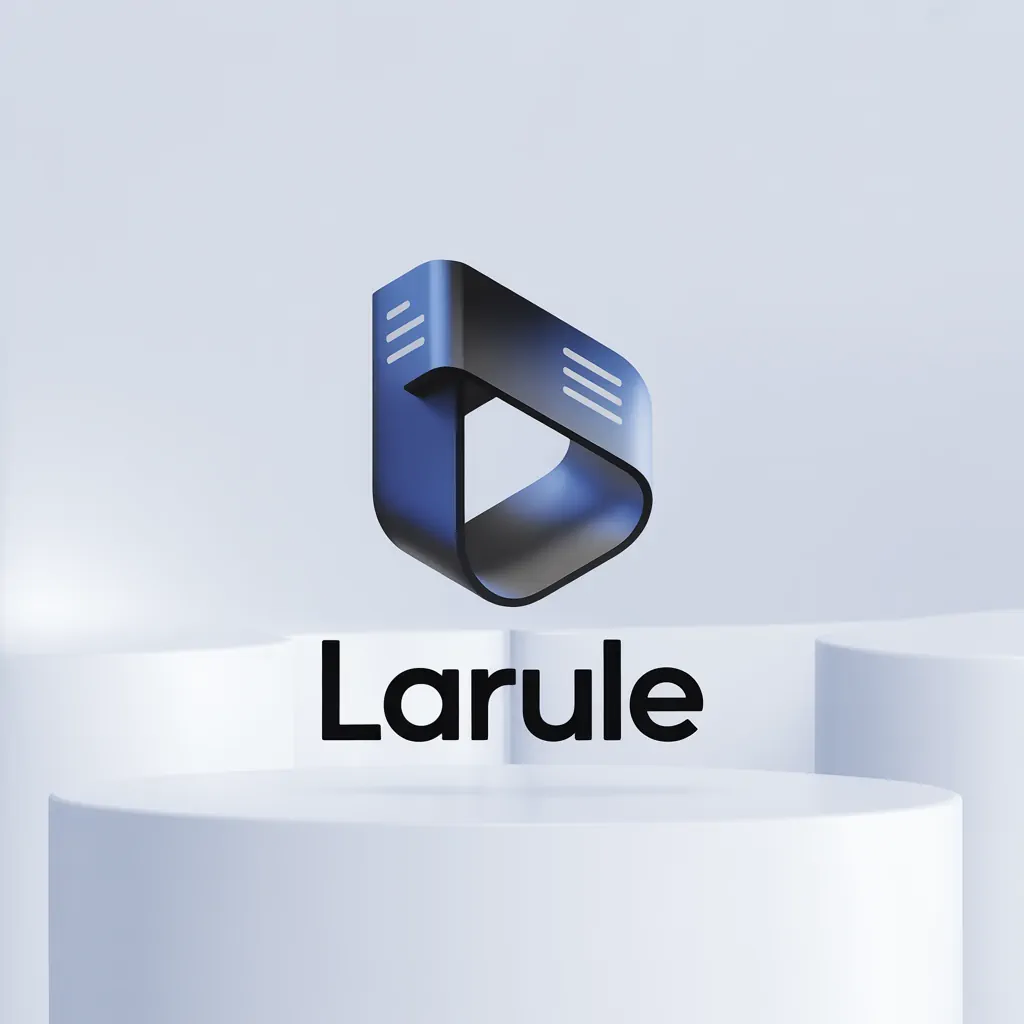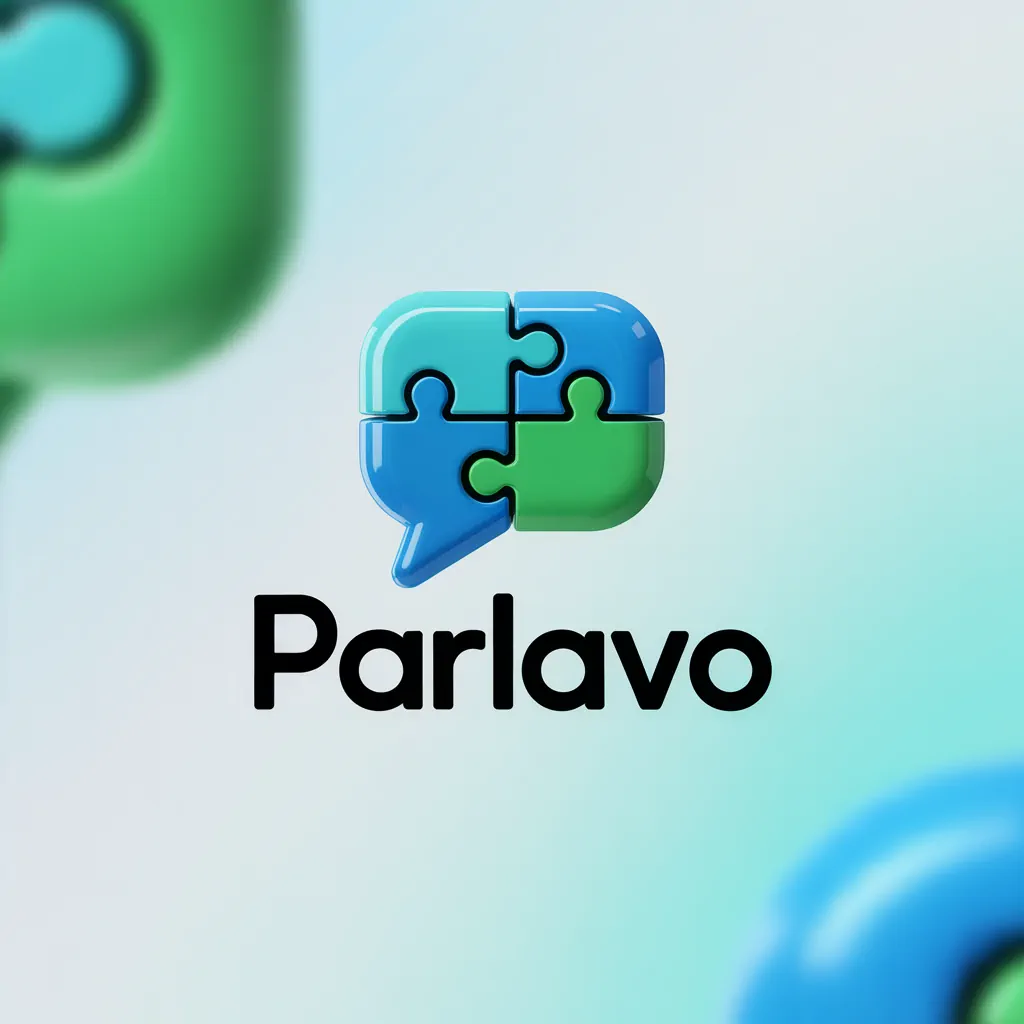Education
Discover premium Education domain names that elevate your brand.
Your education brand needs a name that stands out right away. A top-notch domain for education gives you an edge. It's clear, credible, and memorable. This guide will help pick .com names that shine in ads, social media, and searches.
Short .com domains make it easy for learners to find and remember you. Look at Coursera and Udemy. They show how short, easy-to-say names help people remember and recommend your edtech. You'll use the same smart approach for your education domain.
We offer a simple guide, a way to score clarity and uniqueness, and steps to check how it sounds on the radio or when spoken. You'll learn to use keywords smartly. This makes your course domains stand out yet still highlight your main points and education brand goals.
Our advice is down-to-earth: pick names that are unique over common ones, be concise but clear, and choose words that your audience loves now and will in the future. The goal is a name you can grow with through campaigns, partnerships, and communities. Check out Brandtune.com for great domains and pick ones that match your goals today.
Why Premium, Brandable .com Domains Elevate Education Brands
A domain is your business's first promise. A premium, brandable .com shows confidence right away. It increases domain trust, quality, and brand trust in education. With a clear URL, your brand stands out in search results, ads, and app stores.
Trust, credibility, and perceived quality in online learning
Big platforms show this trend. Coursera.com and Udemy.com have simple URLs that are easy to remember. This helps people trust them more. A brandable .com makes it easier for people to choose you.
Use short brand names to avoid confusion. Keeping names consistent helps people remember you. This way, learners will know your URL and connect it with high standards and support.
Direct-traffic advantages and higher click-through rates
People remember your name easily after hearing it once. They can visit your site directly. This helps your brand grow across different channels.
Short, clear domains improve click-through rates (CTR). They look better on mobile and are easier to read. As people recognize your brand more, your search costs go down, and your domain's trust grows.
How short names boost recall and word-of-mouth
Short names are easy to remember. They help students share your name in conversations and online. The easier your name is to say, the more people will recommend your site.
In community-driven growth, easy names are shared more. This increases your reach without spending more on ads. It also helps more people find you directly, growing your brand.
Choose the Best Premium Domain Name for Education Business
Your domain is key for trust and growth. See it as a big product choice. It should show focus and grow with you. It must be easy to say and share. A good education domain strategy connects your brand to learner needs. It keeps the name clear and ready for the future.
Aligning the domain with your value proposition and niche
Start by lining up with your value offer. State your main promise: job-ready skills, test prep, or mastering a language. Know your audience—K–12, college, or professionals looking to learn more. And your way of teaching: on your own time, with a group, or through live help.
Show what makes you different: new ideas, guidance, or master-level teaching. Pick a name that grows from one main course to a wide range without needing to change. This way, your education domain strategy stays clear even as you add certificates and classes.
Balancing brevity, pronounceability, and memorability
Strive for a short name: 4–10 letters or 1–2 words. Choose easy sounds, strong letters, and clear parts. Go for names easy to remember after hearing them once.
Avoid hyphens, numbers, and odd letters. Use simple vowels and easy to spell words. Check the name in all caps and mixed to make sure it's clear and still stands out.
Testing radio-read, voice search, and typo resistance
Do a radio test: Say it once without spelling it. If people type it right, it's good. Then, see if devices like Siri understand it. This checks if it's easy to find by voice, no matter the accent.
Think of easy mistakes in spelling and plan for them. Get similar domain names for common errors. Choose names easy to get right so people talking or listening find you without trouble.
Using keywords strategically without sounding generic
Pick a keyword strategy that stands out yet is easy to find. Mix in clues like learn, tutor, skill, or prep into a special name. Avoid common generics.
If using keywords makes your name less unique, keep it pure. Use keywords in taglines or page names to help searches while your main name stays unique. This balances being clear and unique, helping to grow your brand and partnerships over time.
Brandable Short .com Name Ideas and Evaluation Criteria
Your education brand needs a name that shows drive and trust quickly. It should be easy to say, type, and share. And it must meet strict naming rules.
Single-word vs. two-syllable blends for education brands
Single-word names are clear and memorable. Like Coursera or Duolingo, they're short and fit well on logos. But finding a great one is hard.
Two-syllable names are quicker to find and market. Names like “Skillio” or “Mentra” suggest learning without saying it directly. They work well for many products but avoid hard sounds.
Positive connotations: growth, mastery, skill, and future
Choose names that suggest success and learning. Words like “skill,” “mentor,” or “academy” show what users can achieve.
Pick a tone that fits, whether it’s encouraging, ambitious, or fun. Names that promise growth can boost sign-ups and course finishes.
International readability and easy spelling across audiences
Go for names that work worldwide. Use common letters and simple sounds. Check how they sound in different areas.
Keeping names short helps with mobile use and social media. Aim for names that are easy to say and spell. This helps people find and remember your brand.
Scoring framework: clarity, distinctiveness, and expansion potential
Compare name choices with a scorecard. Rate each for how clear, unique, and scalable they are. Score them from 0 to 10.
Also, rate how easy they are to say and how well they fit your brand. Choose names scoring over 24/35 to meet your goals.
Domain Selection Workflow for Course Creators and EdTech Teams
Your domain starts your growth journey. It turns ideas into a name that grows with you. Make sure the process is simple, testable, and fits your brand.
Define audience, offering, and tone of voice
Think about who you're teaching: learners, employers, parents, and schools. List what you offer, like degrees or new skills. Consider what makes people sign up such as cost, speed, and success stories.
Pick a tone that matches how you teach and your values: be it expert, friendly, or inspiring. Use the same language on your website, emails, and courses to build trust.
Create a shortlist with naming sprints and filters
Do quick naming sprints to come up with edtech names. Create 50–100 names using word mixes, education terms, and smart comparisons. Only keep names that sound fresh and are easy to say.
Use filters on your names for shortness, clearness, uniqueness, and easy pronunciation. Rate each for how well it will work in the future. Save the names that work for many uses.
Check availability and secure matching social handles
Try to get the .com that matches exactly when you can, then see if social media names match. Get those social names when you register your domain to stay consistent.
Also get similar domain names to avoid traffic going to the wrong place, and set up redirects. This avoids confusion and makes your web data clean.
Plan for future sub-brands, microsites, and redirects
Make a plan that grows with you: a main brand site, sections for programs, and sites for special projects as needed. Use redirects and sub-brands to help users without watering down your main message.
Create a plan for your domains that everyone follows. Include how names are picked, when to renew them, and who can access them. Check how things are going every few months and improve.
Successful examples like Coursera, Khan Academy, and Udemy use careful planning. View your domain plan as something you update as your offers grow.
Where to Find Premium Brandable .com Domains for Education
Start with a marketplace that picks names perfect for teaching and training. Look for short and catchy education domains. They should be easy to share everywhere.
Pick domain names that show what students will achieve. These include skill growth and being ready for the future.
Check if the name is clear and unique. Make sure it can grow with you. Pick names that are easy to remember and say out loud. Make sure the social media names match too.
Act quickly to grab the best names. Secure similar names to catch any mistakes. Include the domain in your story to hit all channels right.
Are you ready to find the perfect name? Explore Brandtune.com for top education domains. Find names that grow with your brand and connect with your audience.












